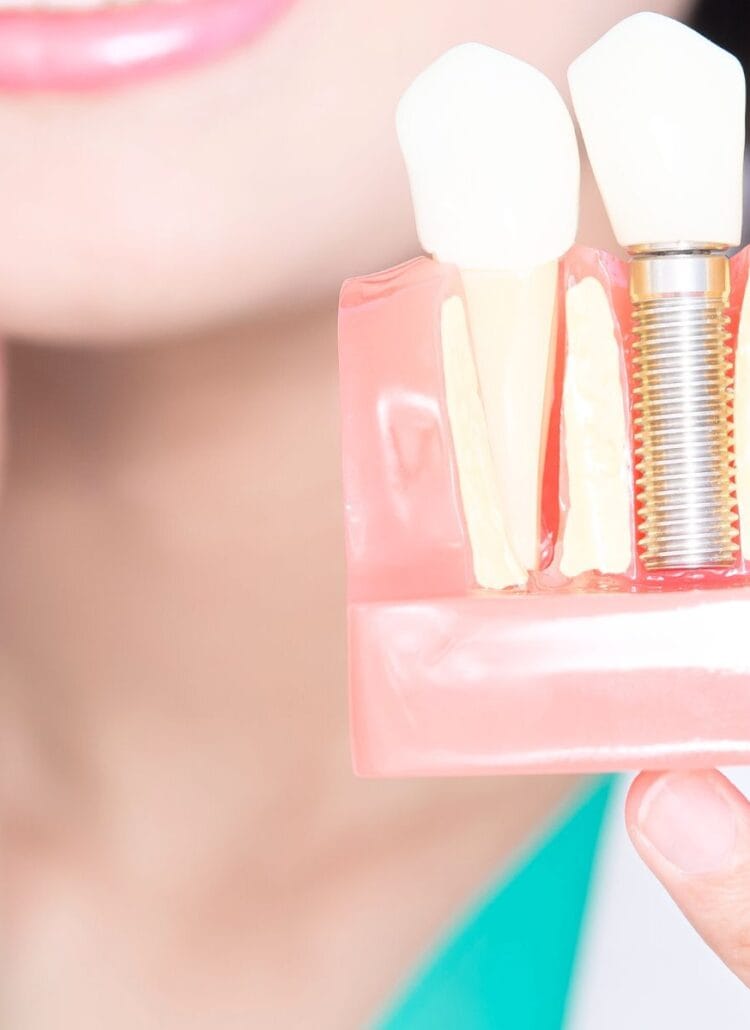
Struggling with crooked teeth is a multifactorial issue. Not only can it drastically decrease someone’s confidence, but straight teeth mean a better bite, and a good bite is crucial for preventing a large array of functional problems.
If you’re looking to straighten your teeth, you’re making the right decision; doing so will enhance your life in numerous ways. The question remains, though: what are the best methods for doing so? In this short article, you’ll find out. Here are the most evidence-based approaches for correcting your smile in 2025.
Acrylic Aligners
While traditional metal braces are still used and have several advantages, clear aligners have become the standard for most people – and with good reason.
These acrylic trays have the potential to reduce the obtrusion to someone’s life significantly. They’re virtually invisible, which is fantastic for people who feel uncomfortable with the apperance of traditional braces, and they don’t require anywhere near as much maintenance.
They’re also highly accurate. Digital scans are taken of the patient’s teeth, which are then used to simulate the ideal final result of treatment. This data is then used to develop the necessary trays, incrementally progressing from the original smile to the new one efficiently and effectively.
Pallet Widening Procedures
Sometimes, it’s the case that a person’s palate is simply too small for their mouth, in which case, a palate widening procedure may be the best course of action.
There are various methods for widening the palate, but most consist of rapidly expanding the upper and sometimes lower arch at the bone level. After this procedure has been completed, there will be gaps in the teeth, so clear aligners or traditional braces are then used to close those spaces over a period of months.
Once both of these procedures have been completed, the person’s arch is optimally wide and their bite is fully corrected.
Orthognathic Surgery
If dental overcrowding and a small palate are the result of a small or poorly formed upper or lower jaw, orthognathic surgery may be required to fully correct the problem. If someone has a significant overbite or underbite, it’s possible the maxilla (upper jaw) and the mandible (lower jaw) are either recessed or protrusive; when this happens, a number of different health problems can occur, such as obstructive sleep apnea and TMJD (temporomandibular joint dysfunction).
This procedure involves cutting and manipulating the positions of the upper and lower jaw into a more favorable position, both from an aesthetic and functional perspective (it is both an art form and a science, in many ways). Traditional braces or clear aligners are used both before and after the procedure to give the patient a perfect bite. It may be the most drastic way of getting straighter teeth, but when it’s required, there’s no other substitute.
Wrapping Up
Hopefully, you now have a better understanding of the most evidence-based treatments for obtaining a straight smile. It all depends on why your teeth aren’t straight in the first place, so be sure to consult with a reputable dentist to properly get to the bottom of your issues.
Pin This Post





